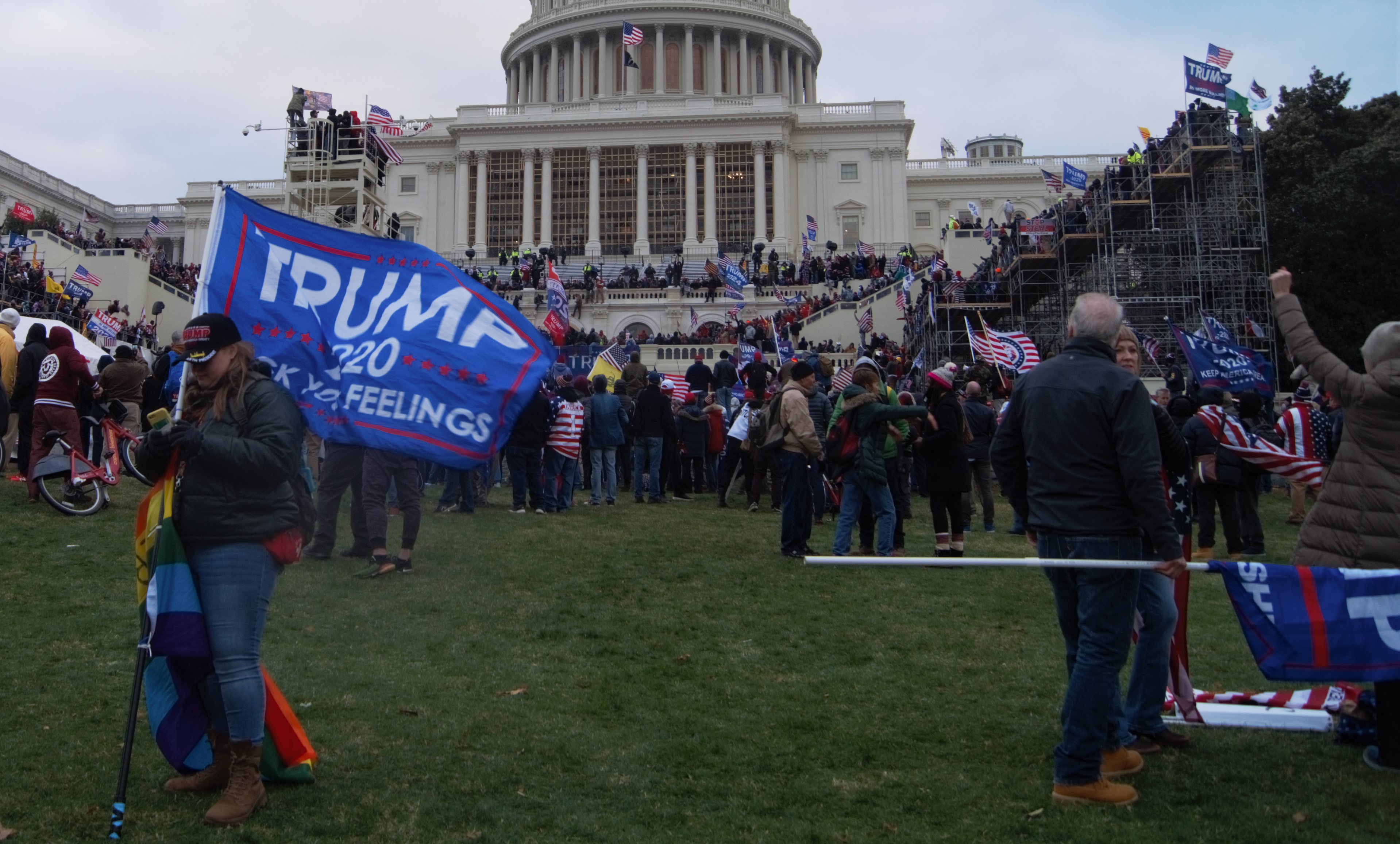Thus, government buildings should always be prepared to ensure the government employees, officials, and the civilians around these structures will be safe.
Out of all the buildings and structures you find in your town or city, the government buildings are the most at risk for certain dangers and security threats.
Unlike houses or corporate offices, government buildings are intended to be open to the general public, making it easier for anyone to enter, including people with vexatious intentions.
Government structures may include public libraries, embassies, city halls, courthouses, and police departments.
Furthermore, these buildings often hold the state’s confidential data and properties, making them an enticing target for thieves and terrorists. With their heightened risk for these dangers, tightening their security measures is only crucial to minimize the risk.
But, before setting up solutions in tightening the security of government buildings, you’ll need to identify the challenges and potential threats. The following are the challenges and potential threats against government buildings, and their corresponding solutions.
- Terrorist Attacks
Perhaps the most dangerous security threat for government buildings is the terrorist attacks. Terrorism is a brutal and offensive strategy led by various groups or specific people to achieve their motives. Most of the time, the reason behind these attacks has something to do with religious goals, politics, and other ideological causes.
These attacks aim to create political turmoil instill fear in the residents and state officials to provoke them to respond to their demands.
Terrorist attacks can happen differently and sometimes in the most unexpected time. They can occur in bombings, random fire shots, or sniper shooting.
Thus, government buildings should always be prepared to ensure the government employees, officials, and the civilians around these structures will be safe.
Solution
One way to tighten the security of these public buildings is by making them bulletproof. Bulletproof buildings can be achieved by installing bullet-resistant windows, doors, and barrier systems to ensure they can withstand any form of violent attacks.

Furthermore, people working in government buildings should also undergo training about the proper steps to take action during unexpected attacks. This way, they’ll know how to handle themselves, hide or get to safety, and contact reinforcements, instead of panicking and causing chaos.
- Theft
Since most government buildings are open to the public, they’re highly vulnerable to break-ins, heists, and burglary. Thieves could easily pretend to be civilians to get inside before they pull off a robbery and illegally take away any valuables available inside the building.
Solution
Aside from the existing security staff on the main entrance, it’s also ideal to assign a couple of security guards to internal offices, especially in rooms where the state leader and other government officials are working.
Furthermore, installing a strict access control system is vital to ensure only authorized people can get inside. For example, all government staff should have their control badges which they can use for identification and, therefore, allow them to enter the facility. Meanwhile, visitors can only be allowed to enter when they have appointments and present valid government IDs. As for the entering packages, security officers must use metal detectors to assess and ensure that they don’t contain any malicious or dangerous content.
Installing surveillance devices like CCTV cameras and alarms is also crucial in tightening the security of government buildings and minimizing their risk of theft or robbery.
Make sure you have security personnel vigilant in monitoring the CCTV 24/7. Knowing that CCTV cameras are installed may discourage thieves from targeting these buildings. The alarm system can also come in handy in case an emergency occurs.
- Cyber Crimes
Security threats against government buildings can happen online, too. Cybercrimes are prevalent among government establishments that hold records of confidential data and other highly sensitive information, which national and international hackers can use to threaten or blackmail the state for ransom.
Thus, strengthening the cybersecurity of government facilities is crucial to protect them from cybercrimes like hacking, data stealing, and phishing.
Solution
First, government offices should have a separate room intended to keep all the sensitive paperwork and other private documents. This vaulted room should be out of reach for anyone, even for some of the government staff themselves. This room, at all times, should also be locked up using multiple locks (both digital and traditional locks), and CCTV cameras have to be installed in every corner for easy monitoring in case any unauthorized people can get in.
Furthermore, solidify your cybersecurity by ensuring all data is encrypted. When keeping passwords, you can set up multi-factor authentication so anyone, especially hackers, won’t be able to access vulnerable accounts with easy passwords.
Lastly, all government staff must undergo training or proper briefing about cybersecurity.
- Fire Breakouts
It may not be considered a criminal incident unless the fire resulted from bombings or arson. However, this could also compromise the security of government facilities when not properly handled and on time.
Solution
Besides the alarm system, carbon monoxide detectors and smoke detectors have to be installed on every corner and office.
When these detectors are triggered by smoke, your sprinklers can automatically activate themselves to help control fire breakouts.
Takeaway
Government facilities, all the time, have been susceptible to security breaches for many years and even today.
Thus, the best thing that the government officials and federal authorities can do to minimize the risk is to strengthen their security measures like these above-mentioned solutions and collaborate with reputable security agencies who specialize in protecting government buildings.


Join the conversation!